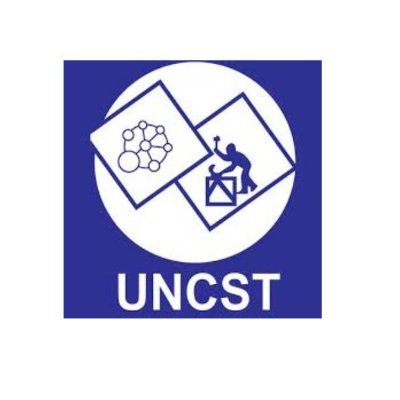
Varun Shanker
@varunrshanker
Followers
785
Following
377
Media
8
Statuses
33
@StanfordMed Biophysics MD-PhD | Caltech BioE ‘21 @caltechmten
Palo Alto, CA
Joined September 2020
Don't wanna be here?
Send us removal request.
Explore trending content on Musk Viewer
FB X MLB OPENING STORE
• 1009216 Tweets
Amorim
• 189246 Tweets
LINGLING THAI TOUR EP2
• 129949 Tweets
Steve Bannon
• 122847 Tweets
Kabir Is God
• 103837 Tweets
Sporting
• 102794 Tweets
#Jin_HBD
• 38044 Tweets
JAEMIN REAL CITY TEASER
• 32501 Tweets
ゼノブレイドクロス
• 31738 Tweets
#YutaJinguji
• 29732 Tweets
Our Dopamine Giselle Day
• 24611 Tweets
#神宮寺勇太誕生祭2024
• 23796 Tweets
ディフィニティブエディション
• 21798 Tweets
ホークス
• 20091 Tweets
#الهلال_الطايي
• 19564 Tweets
少女終末旅行
• 19095 Tweets
Xenoblade
• 18958 Tweets
Tom Lembong
• 16713 Tweets
GALA EN EXA
• 15799 Tweets
Switch 2
• 14542 Tweets
José Dirceu
• 13990 Tweets
横浜優勝
• 12550 Tweets
#松田迅祝22歳_にゃんとも愛でたいBD
• 11559 Tweets
神宮寺くん
• 11387 Tweets
اكرم عفيف
• 11335 Tweets
レ・ダウ
• 10607 Tweets
Last Seen Profiles
Pinned Tweet
Excited to share our latest work in
@ScienceMagazine
. We describe how a structure-informed language model can be used for diverse protein engineering tasks, and guide the evolution of therapeutic antibodies for improved potency and resilience against viral escape.
12
69
335
Great to see our latest work from the Kim Lab, with some new updates, officially in print!
1
1
25
Excited to share our work out now in
@ScienceTM
describing a new strategy to optimize vaccine sequence design for enhanced immune responses, applied to treat glioblastoma
@TopNeuroDocs
1
3
19
Affinity mature any antibody with just a click! Excited to share our new work led by
@BrianHie
which shows zero-shot protein language models can improve affinity of several Abs without any information about target antigen, structure, or training data!
1
1
17
@CarolynBertozzi
@Stanford_ChEMH
@StanfordMed
@BrianHie
@StanfordEng
Thanks for sharing our work
@CarolynBertozzi
! Here’s a brief tweetorial
2
3
15
A great piece about the intuition behind our new approach to protein/antibody engineering w/
@BrianHie
!
Therapeutic
#antibodies
, the fastest growing drug class, can treat
#cancer
,
#autoimmune
diseases, and more.
@Stanford
/
#CZBiohubSF
researchers are helping to create those treatments even faster, leveraging the
#AI
technology that brought us
#ChatGPT
.
3
17
56
1
1
13
Seminal work by
@francesarnold
&
@jbloom_lab
showed that functionally beneficial mutations can still decrease protein stability and evolvability. We consider a structure-guided paradigm using inverse folding with ESM-IF1 to focus on mutations that preserve the fold of the
1
1
13
We are really excited about these new results and see this approach as an attractive low-N alternative to conventional brute-force experimental techniques. I am especially grateful to
@theobruun
,
@BrianHie
, Peter, and the entire Kim Lab for their invaluable help with this work!
2
1
13
I am incredibly grateful to have been able to work alongside
@theobruun
,
@BrianHie
, and Prof. Peter Kim on this project. I would also like to thank the entire Kim Lab for their input, support, and contributions that made this effort possible! (n/n)
0
0
9
@CyrusMaher
Thanks Cyrus! Yes it is. We include only designs in both rounds that improve neutralization (there's actually more if the fitness definition was affinity, as discussed in the text). We think the IF framework is especially valuable in round 2 since mutations are more likely to be
0
0
1





























